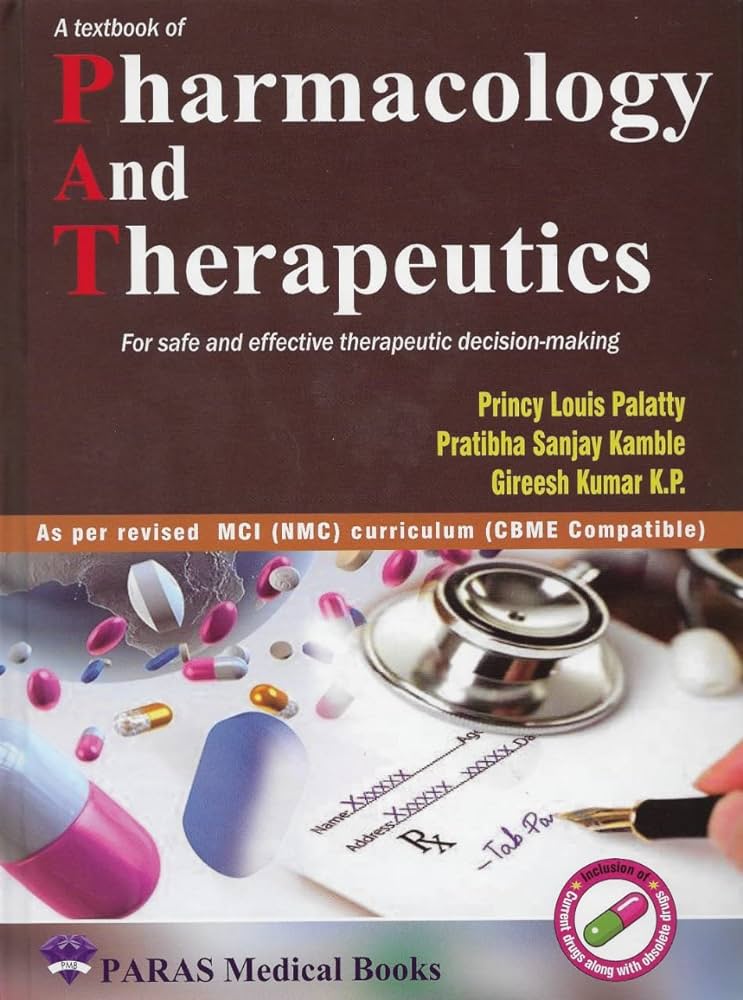未折叠蛋白反应:伤口愈合的动态机制。
IF 12.5
1区 医学
Q1 PHARMACOLOGY & PHARMACY
引用次数: 0
摘要
皮肤创面愈合是一个由多个细胞和分子事件组成的动态过程,这些事件必须紧密协调才能有效地修复损伤组织。愈合速度取决于伤口的类型、伤口的深度和大小以及是否发生伤口感染。然而,衰老、合并症、遗传因素、激素和营养也会影响愈合结果。在伤口愈合过程中,细胞经历了合成新蛋白和降解多功能蛋白的强大过程。这增加了内质网(ER)的负担,引起内质网应激。未折叠蛋白反应(Unfolded protein response, UPR)是源自内质网的一系列高度保守的应激信号通路,用于维持蛋白质稳态和调节细胞生理。众所周知,普遍定期循环有利于组织愈合。然而,当过度的内质网应激超过内质网的折叠潜能时,UPR通路会触发细胞凋亡,中断组织再生。了解UPR通路如何调节皮肤对损伤的反应对于控制急性和慢性伤口的新干预措施至关重要。在本文中,我们将重点关注常规和非常规UPR通路在伤口愈合的不同阶段的参与,总结现有证据,证明UPR在平衡愈合组织的内稳态和病理生理方面的独特地位,并强调可能出现治疗机会的研究不足的领域。本文章由计算机程序翻译,如有差异,请以英文原文为准。
Unfolded protein responses: Dynamic machinery in wound healing
Skin wound healing is a dynamic process consisting of multiple cellular and molecular events that must be tightly coordinated to repair the injured tissue efficiently. The healing pace is decided by the type of injuries, the depth and size of the wounds, and whether wound infections occur. However, aging, comorbidities, genetic factors, hormones, and nutrition also impact healing outcomes. During wound healing, cells undergo robust processes of synthesizing new proteins and degrading multifunctional proteins. This imposes an increasing burden on the endoplasmic reticulum (ER), causing ER stress. Unfolded protein response (UPR) represents a collection of highly conserved stress signaling pathways originated from the ER to maintain protein homeostasis and modulate cell physiology. UPR is known to be beneficial for tissue healing. However, when excessive ER stress exceeds ER's folding potential, UPR pathways trigger cell apoptosis, interrupting tissue regeneration. Understanding how UPR pathways modulate the skin's response to injuries is critical for new interventions toward the control of acute and chronic wounds. Herein, in this review, we focus on the participation of the canonical and noncanonical UPR pathways during different stages of wound healing, summarize the available evidence demonstrating UPR's unique position in balancing homeostasis and pathophysiology of healing tissues, and highlight the understudied areas where therapeutic opportunities may arise.
求助全文
通过发布文献求助,成功后即可免费获取论文全文。
去求助
来源期刊
CiteScore
23.00
自引率
0.70%
发文量
222
审稿时长
90 days
期刊介绍:
Pharmacology & Therapeutics, in its 20th year, delivers lucid, critical, and authoritative reviews on current pharmacological topics.Articles, commissioned by the editor, follow specific author instructions.This journal maintains its scientific excellence and ranks among the top 10 most cited journals in pharmacology.

 求助内容:
求助内容: 应助结果提醒方式:
应助结果提醒方式:


